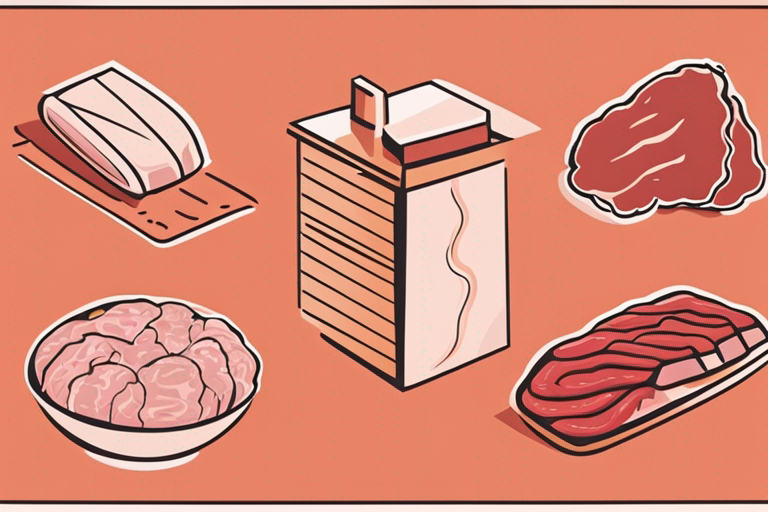
The Ultimate Guide to Meat Use By Date
The Ultimate Guide to Meat Use By Date
When it comes to food safety, understanding the use-by dates on meat products is crucial. Consuming meat past its recommended date can lead to foodborne illnesses and spoilage. In this comprehensive guide, we will delve into the importance of meat use-by dates, how to properly store meat, and tips for maximizing the shelf life of your meat products.
Why Meat Use-By Dates Matter
What is a Use-By Date?
- A use-by date is the date recommended by the manufacturer for the consumer to use the product for peak quality and safety.
- It indicates the last day the product is at its best quality and should be consumed.
Importance of Following Use-By Dates
- Consuming meat past its use-by date can increase the risk of foodborne illness due to bacterial growth.
- Spoiled meat can lead to unpleasant odors, flavors, and textures.
How to Read Meat Use-By Dates
- Look for the use-by date on the packaging, typically located near the nutrition label.
- Some meat products may have a sell-by date, which is the date until which the retailer should sell the product.
Proper Meat Storage
Refrigeration
- Store meat in the coldest part of the refrigerator, typically the bottom shelf.
- Keep meat in its original packaging or resealable containers to prevent cross-contamination.
- Tip: Use a refrigerator thermometer to ensure the temperature is below 40°F (4°C).
Freezing
- If you cannot use meat before the use-by date, freeze it to extend its shelf life.
- Wrap meat tightly in freezer-safe packaging to prevent freezer burn.
- Tip: Label frozen meat with the date to track its freshness.
Thawing
- Thaw frozen meat in the refrigerator, microwave, or cold water.
- Never thaw meat at room temperature to avoid bacterial growth.
- Cook meat immediately after thawing.
Maximizing Meat Shelf Life
Proper Handling
- Wash hands and surfaces thoroughly before and after handling meat.
- Use separate cutting boards for raw meat and ready-to-eat foods to prevent cross-contamination.
Cooking
- Cook meat to the recommended internal temperature to kill harmful bacteria.
- Use a meat thermometer to ensure meat is cooked to a safe temperature.
Leftovers
- Refrigerate leftover cooked meat within two hours of cooking.
- Consume leftover meat within 3-4 days or freeze for longer storage.
Conclusion
Understanding meat use-by dates and proper storage techniques is essential for maintaining food safety and quality. By following these guidelines and tips, you can ensure that your meat products remain safe for consumption and free from spoilage. Remember to always check the use-by dates on meat products, store them correctly, and handle them safely to prevent foodborne illnesses. Stay informed, stay safe, and enjoy your meals with peace of mind.

Authoritative Food Safety References
These agencies and university labs inform every tip and health precaution we publish.
USDA FoodKeeper – Cold Storage Guidelines
Official refrigerator, freezer, and pantry timelines maintained by the U.S. Department of Agriculture.
Visit USDA FoodKeeperFDA Produce Safety Rule & Grower Guidance
Field-to-fridge handling practices that prevent contamination of fruits, vegetables, and leafy greens.
Visit FDA Produce SafetyCDC Foodborne Illness Prevention Hub
Surveillance-backed guidance on pathogens, symptoms, and steps to reduce foodborne illness risk.
Visit CDC Food SafetyUC Davis Postharvest Technology Center
University research detailing optimal storage atmospheres for produce after harvest.
Visit UC Davis PostharvestPenn State Extension – Home Food Preservation & Safety
Peer-reviewed extension bulletins on safe canning, chilling, and reheating practices.
Visit Penn State ExtensionQ: Can I eat meat after the use by date?
Q: How can I extend the shelf life of meat?
Q: What are the signs that meat has gone bad?
Q: Can I freeze meat on or after the use by date?
Scan your food directly and get instant safety info using our AI-powered camera feature.